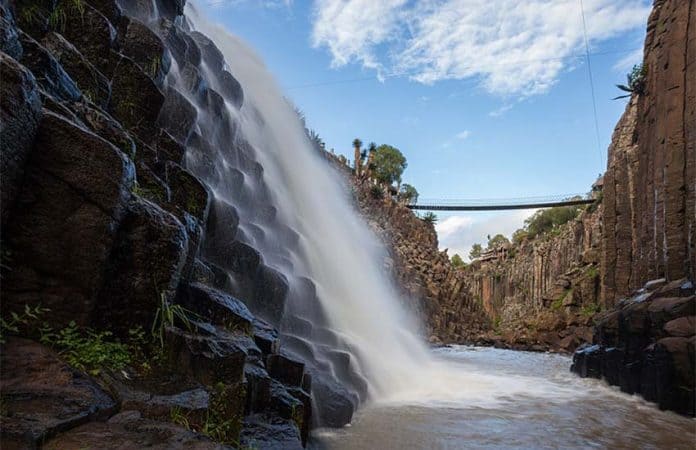Hidden in the forests north of Mexico City lies Huasca de Ocampo, Hidalgo, the vanguard of the wildly successful Pueblos Mágicos program and a regional boom in ecotourism.
By its nature, tourism takes an already-existing ambiance and commercializes it for outsiders. In the case of Huasca, tourists come to experience quaint stone and wood buildings with red roofs surrounded by hectares of pine forest on craggy mountains, repackaged for weekend convenience.
In 2000, the federal government decided to create Pueblos Mágicos to give some of the many near-ghost towns in Mexico a chance to cut in on the country’s huge tourism industry. Originally, the rules stated that the town in question had to preserve something special in architecture, history or cultures; not be in an area already promoted (like coastal destinations); and have infrastructure such as roads, restaurants and lodging.
It was a huge risk for the tiny town to get that infrastructure created, but the rewards were phenomenal: Huasca was the first to be considered and accepted as a Pueblo Mágico, and in 2001, it was promoted through federal tourism agencies as one of 30 towns to receive the designation.
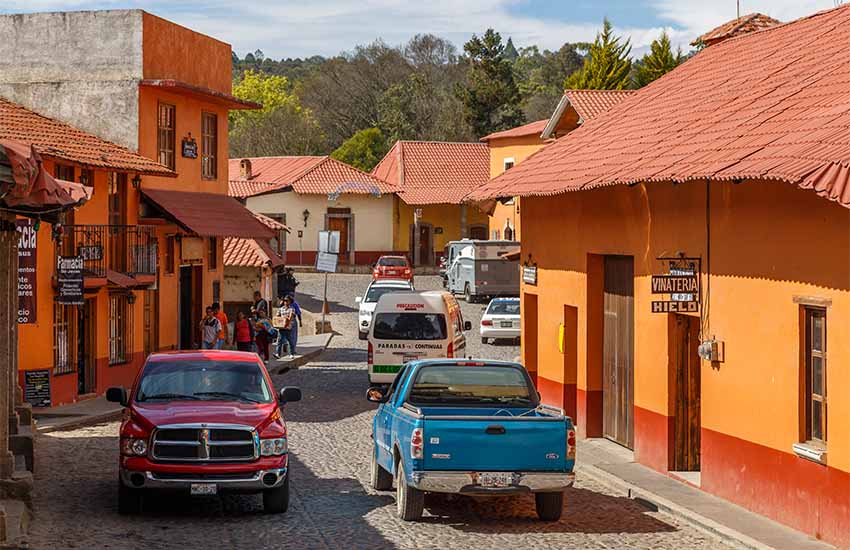
In essence, Huasca was everything a Pueblo Mágico was supposed to be — historic, charming, very rural and with a number of other attractions outside the town proper, including two haciendas, a pristine waterfall featuring basaltic prisms and plenty of stunning nature sites only slightly further afield.
Huasca had been desperately poor since the mining industry collapsed at the end of the 19th century. The mountains north of Pachuca were a rich source of silver and other minerals for several centuries, even spurring English immigration here in the 19th century. But like just about all mining towns, bust followed boom, and by the 2,000s, the town lay forgotten.
It is hard to overstate the effect the program has had on Huasca and the now 131 other Pueblos Mágicos. Some of Huasca’s old lifestyle can still be seen here on weekdays, with locals going about their normal business, but weekends and holidays are quite different. The town’s narrow cobblestone streets are jammed with cars and pedestrians with shops, restaurants and street vendors everywhere catering to them.
Huasca’s success as a Pueblo Mágico made inclusion in the program a major priority for many of Mexico’s states. Hidalgo quickly got the nearby (and better-known) town of Real de Monte on the list in 2004, and later Mineral el Chico in 2011.
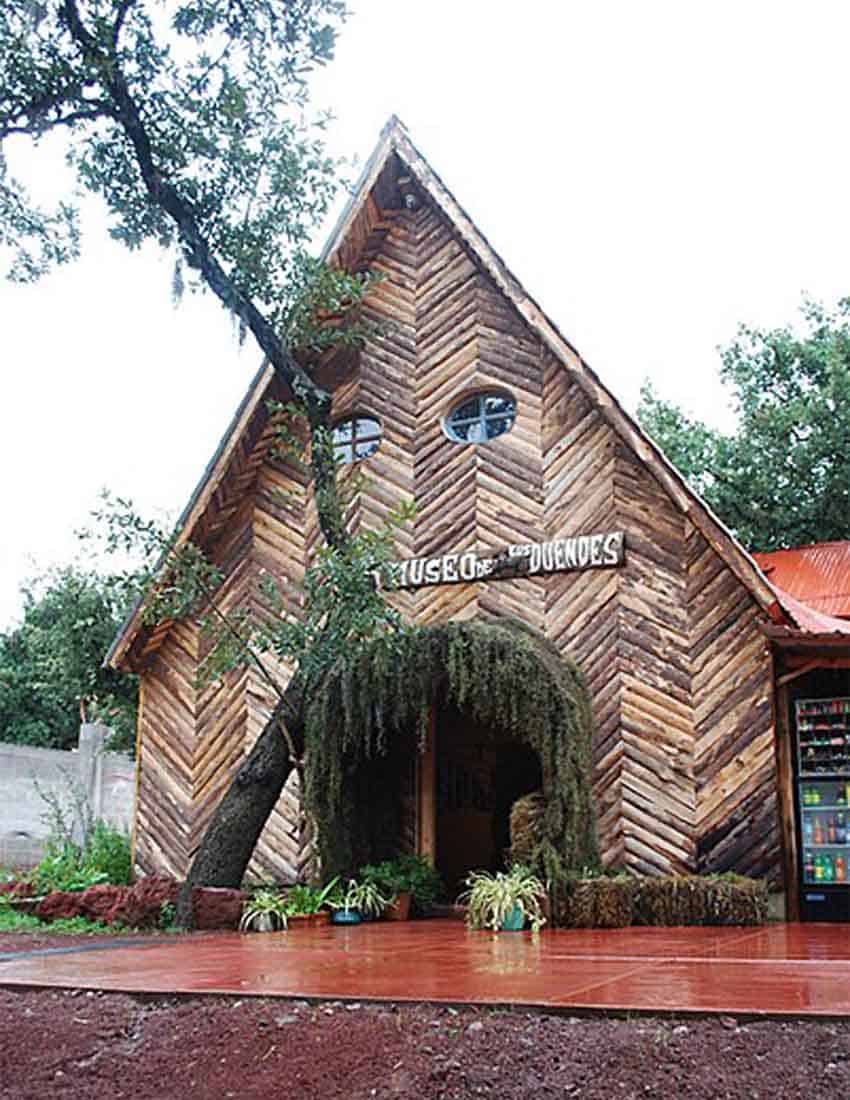
The inclusion of the other towns built on what Huasca had started, with the state bundling them together thematically to promote the region’s shared history, culture and natural beauty, forming what the government calls the Mountain Tourism Corridor, extending from the state capital of Pachuca to the entrance of the El Chico National Park, a natural reserve conserving 2,750 hectares of central Mexican mountain forest.
The route also promotes other communities such as Epazoyucan, noted for its obsidian, and Cerro de las Navajas, Omitlán de Juárez with its Peña de Zumate and Bandola Falls, local commercial center Atotonilco el Grande, and the thermal springs in Santa María Amajac.
Huasca already had a few ecotourism businesses when it won Pueblo Mágico status. But the plethora there today is almost all due to the designation. These businesses follow the Mexican idea of ecotourism, with omnipresent zipline and paintball (known as “Gotcha” in Mexico) fields, hiking, guided tours, mountain biking and horseback riding.
What is striking as you drive in and around the towns is the proliferation of cabins (from rustic to sumptuous) and second homes. The seemingly pristine forest and quaint towns are the initial draws, but visitors — mostly from the Mexico City region — demand a certain level of entertainment and amenities.
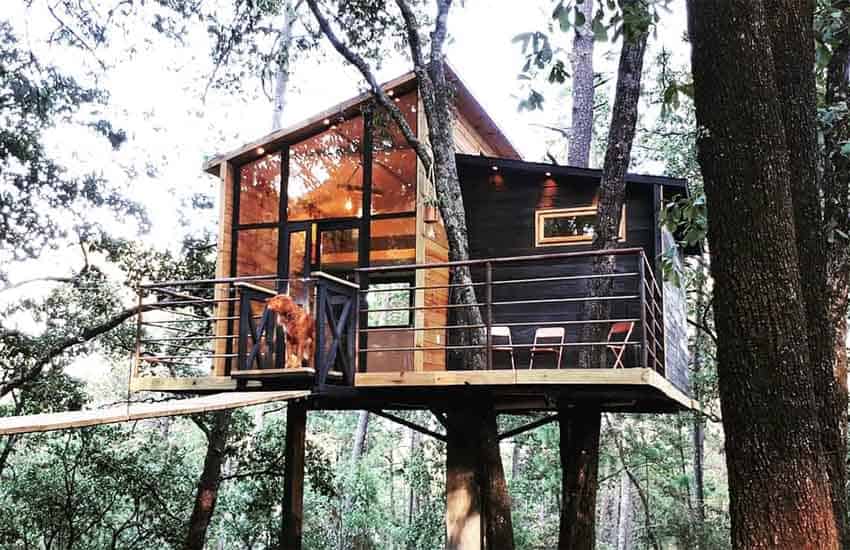
There hasn’t been much quality study of the economic and cultural impact of Pueblo Mágico status. The federal government released one study in 2021 that indicates tourism brought in 8.16 million pesos to Huasca, with a similar 6.94 million for Mineral el Chico for the previous year. But Real del Monte, which is larger and easier to get to, brings in 85.52 million pesos.
All of the above are dwarfed by income figures in other Pueblos Mágicos. Studies on Pueblos Mágicos often exclude Huasca and give only vague indications that the resulting tourism has its pros and cons.
There is no doubt that money is the main benefit, and the tourism may lead locals to value their architectural, natural and cultural attractions more. But it’s also obvious that the economic benefit has not been equally distributed.
Despite all the development in Huasca due to its Magical Town status, the number of permanent residents (who would pay taxes) has not gone up, and the types of jobs generated are not generally well-paying. Over-visitation has damaged architecture and natural resources, and Huasca recently had trouble supplying enough water during peak periods.
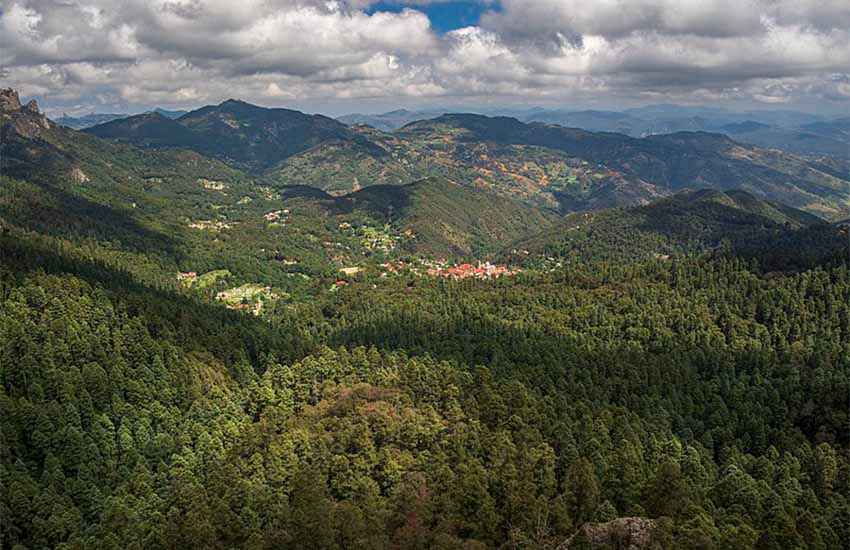
Also, the feel of the three Hidalgo Pueblos Mágicos has changed, a consideration that keeps some communities in other parts of Mexico from pursuing the designation.
Magical Towns can be a great introduction to rural Mexico, especially any of the first 50 or so to get the designation. Visiting Huasca is an easy reminder of woodland vacations from further north (or, for some, a reminder of why you live south).
Inside the historic center, you can find picturesque strolling and fine dining. For the more outdoorsy, venture to the outskirts. A quick Google search will turn up numerous options.
Political pressure has led to some questionable additions to the Pueblo Mágicos program in later years, but Huasca remains the blueprint of everything that the initiative promised — and in this case, delivered.
Leigh Thelmadatter arrived in Mexico 18 years ago and fell in love with the land and the culture in particular its handcrafts and art. She is the author of Mexican Cartonería: Paper, Paste and Fiesta (Schiffer 2019). Her culture column appears regularly on Mexico News Daily.
